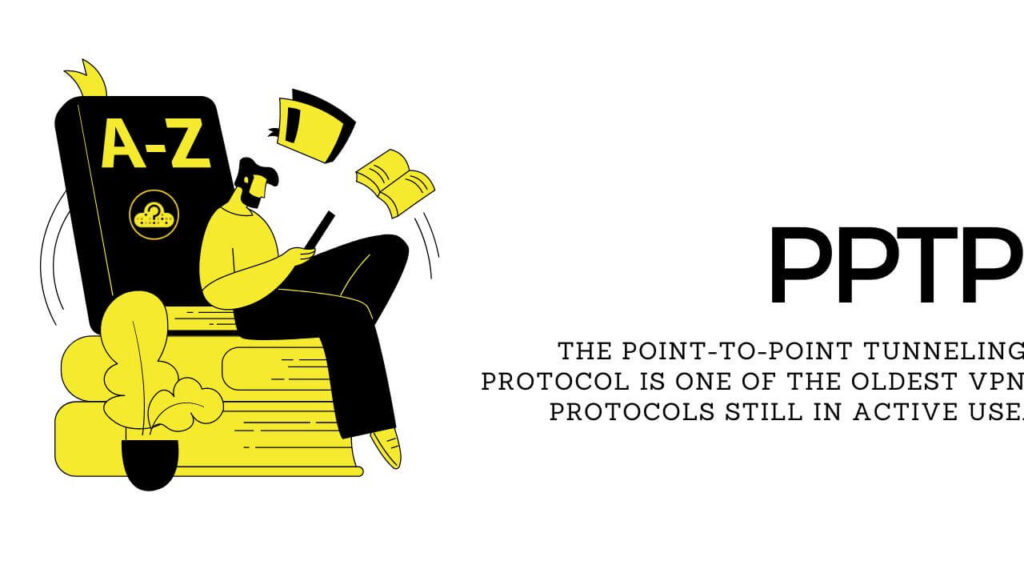What Is PPTP?
- Short Definition:
- The Point-to-Point Tunneling Protocol is one of the oldest VPN protocols still in active use.
- Extended Definition:
-
PPTP, an acronym for Point-to-Point Tunneling Protocol, has stood the test of time as one of the oldest VPN protocols still in active use. Since its inception in the era of Windows 95, PPTP has been an integral part of all Windows versions. Operating on TCP port 1723, it was initially developed by Microsoft to encapsulate the Point-to-Point Protocol (PPP).

Among the multitude of VPN protocols available, PPTP remains widely prevalent due to its ease of setup, widespread compatibility, and exceptional computational speed. This makes it particularly suitable for applications where swift data transmission takes precedence, such as audio and video streaming. PPTP proves valuable on older devices with limited processing power. Nevertheless, it is crucial to acknowledge that PPTP harbors significant security vulnerabilities. The underlying authentication protocols, often MS-CHAP-v1/v2, suffer from inherent weaknesses that have been consistently exploited by security experts in various analyses since the protocol’s inception.
The term “point-to-point” in PPTP refers to the connection it establishes, enabling one specific point to access another designated point via the Internet. This connection forms a direct link between the two clients or locations, ensuring a secure connection. On the other hand, the term “tunneling” describes the process of encapsulating one protocol or algorithm within another.
Despite utilizing the Internet for communication, the protocol establishes a direct and secure link between the connected parties. PPTP operates at Layer 2 of the OSI model and builds upon the authentication and encryption framework of PPP. It functions as a client-server model, encapsulating data and creating a pathway for its transmission across an IP network. Once the VPN tunnel is established, PPTP facilitates two types of information flow. Control messages are responsible for managing and eventually terminating the VPN connection, and they directly communicate between the VPN client and server. Data packets pass through the established tunnel, allowing seamless transmission to and from the VPN client.
For more definitions, check out our dedicated Definitions List.
